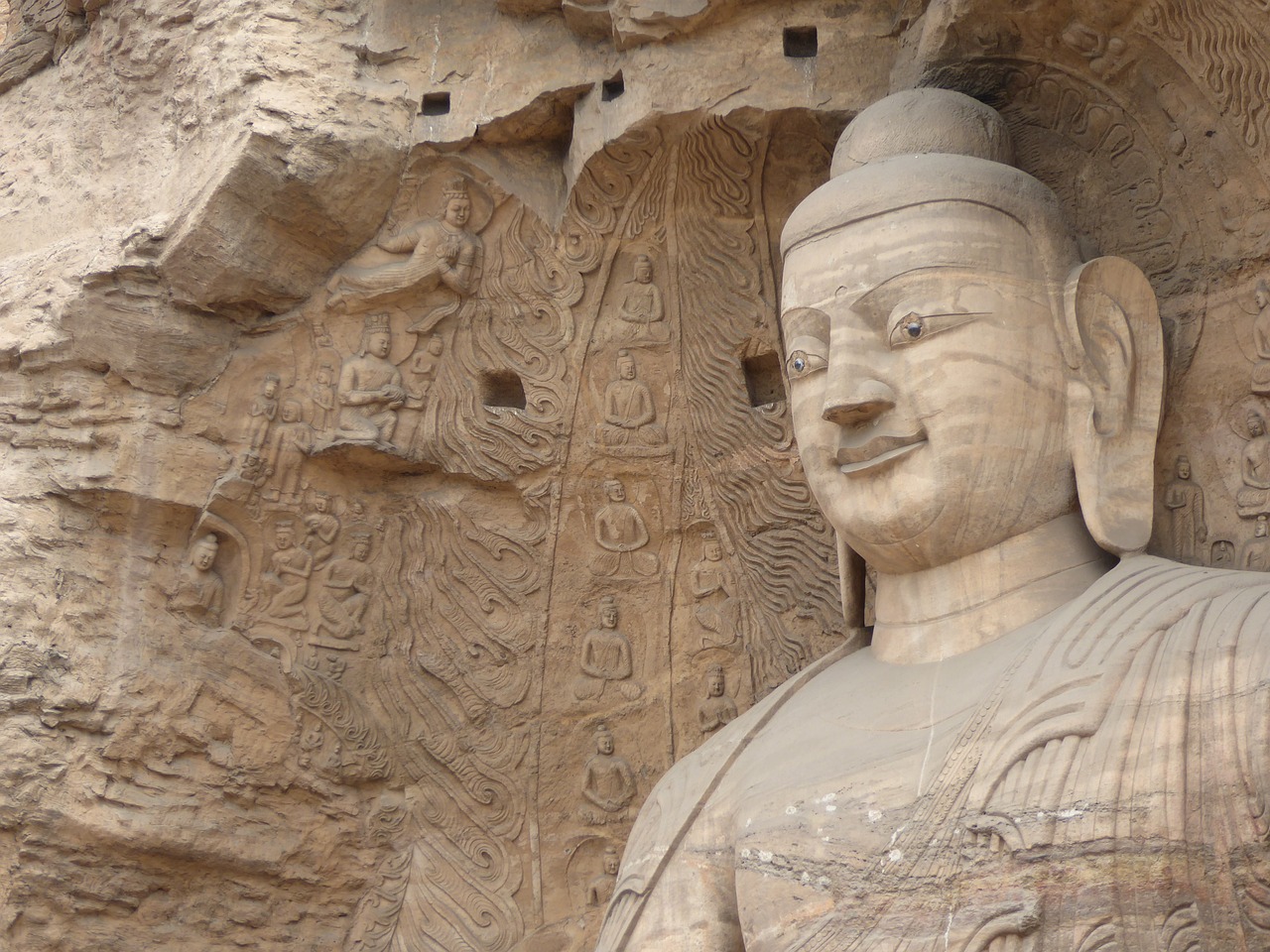Yungang Grottoes
Yungang Grottoes, located in the western suburb of Datong City, Shanxi Province, China, is one of the outstanding representatives of ancient Chinese cave art and a World Heritage Site. The Yungang Grottoes were first built in the fifth century A.D. Through the construction of the fifth, sixth, seventh, eighth, ninth, fifteenth and twenty-fifth generations, the four main parts of the Grottoes were formed, namely the North and South Grottoes, the Central Grottoes, the West Mountain Grottoes and the Sixteen Grottoes. The grottoes preserve a large number of Buddha statues, murals and sculptures, which are famous for their quantity and artistic excellence.
The North and South Grottoes are the main parts of the Yungang Grottoes, including the South Grotto and the North Grotto. The South Cave is the most famous is the third cave, there are a thousand Buddha Hall and Buddha Hall, which has a thousand hands, a thousand eyes Guanyin and three one Buddha statues such as exquisite craftsmanship, lifelike. North Grottoes to the sixth cave is the most famous, inside the famous stone carving "four heavenly kings", carving fine, solemn. Central Cave is the core area of the Yungang Grottoes, mainly including the seventh cave and the eighth cave, in which the seven Buddhas and Dasheshi Bodhisattva and other statues of Buddha's image of realistic, showing the high level of ancient carving art.
Located on the west side of the Yungang Grottoes, the Xishan Grottoes are a relatively small area, but their murals and sculptures are still very fine. The 16th Grotto, on the other hand, is one of the more well-preserved niches in the Yungang Grottoes, containing numerous Buddha statues and exquisite murals, showing the artistic style and religious beliefs of the Tang Dynasty. The Yungang Grottoes are not only a precious legacy of Chinese cave art, but also an indispensable part of the world's art treasures, attracting tourists and scholars from all over the world to visit and study them.

